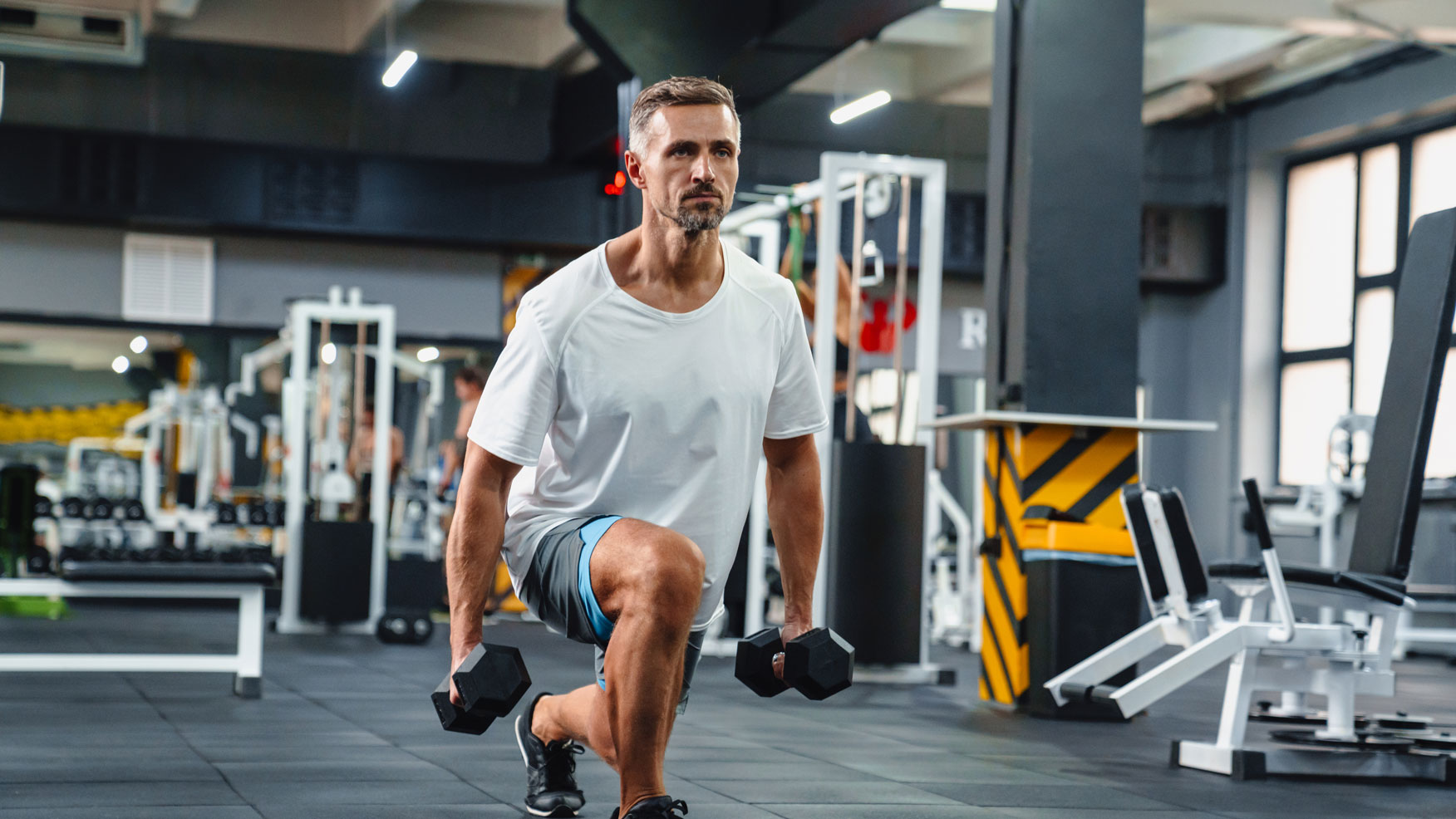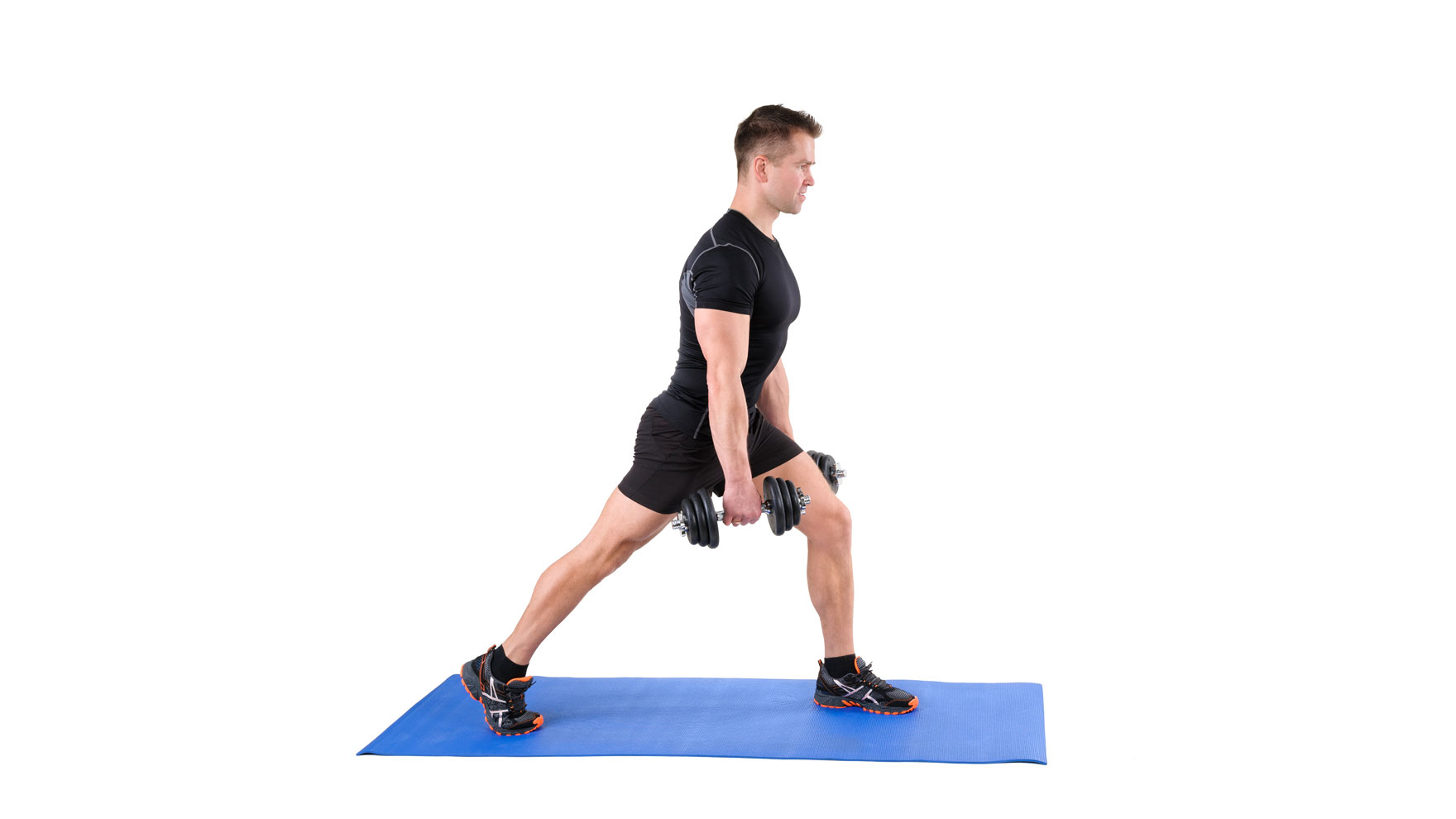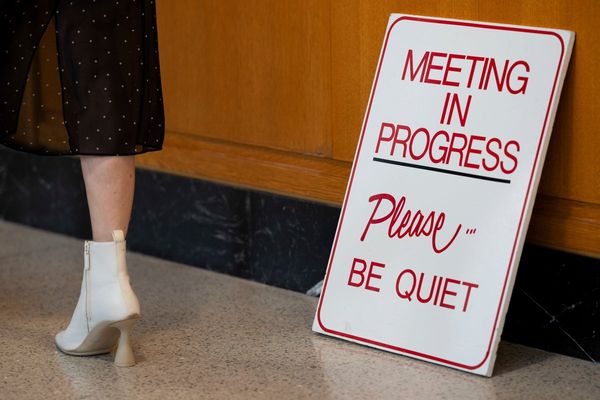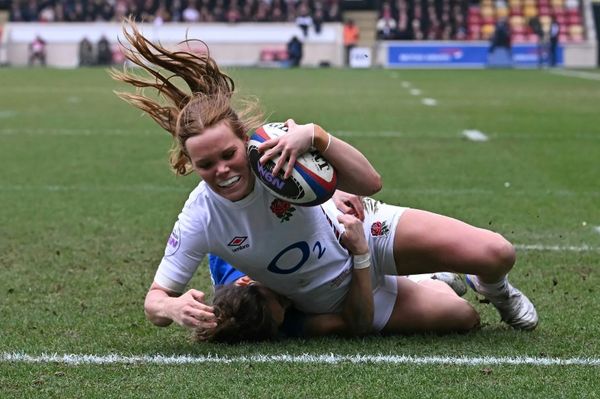
It’s easy to let your gym session get into a bit of a rut, doing the same moves over and over again. For a long time, my leg day sessions fell into a bit of a pattern: heavy back squats, a couple of leg machine exercises, box jumps, and a bit of stretching. I eventually stopped my regular gym routine to focus on running - but now my race is over, it’s time to put aside my pair of the best running shoes and Garmin Forerunner 265 and focus on strength training again.
I quickly found the same old routine wasn’t really doing it for me and craved a little variety. I was getting bored, and when you’re regularly bored in the gym, it’s much easier to skip sessions. I wanted to find new exercises and skills to practice, challenge my body in new ways, and get back all the strength gains I’d lost during my run training.
One of the new exercises I settled on was the dumbbell split squat. For those not in the know, a standard split squat is a bit like a combination of a lunge and a regular weighted squat.
Whether you have a barbell on your shoulders (which should be significantly lighter than your usual back squat weight), two dumbbells in your hands, or any other added weight, the split squat is performed basically the same way. You step backward into a lunge position and lower yourself down, so that your knee just touches the floor, then raise back up. Once you’ve done the requisite number of reps, then you switch sides.
Check out how to do the dumbbell split squat here:
Remember to keep the weight light at first, as your balance will be tricky here. It’s the unstable nature of this single-leg exercise which allows it to work the core more effectively. It’s known as a “unilateral” exercise, which means it only works one side at a time, so the stabilizing muscles in your core have to work hard to compensate and help you keep your balance.
One study published in the European Journal of Applied Physiology found that participants’ obliques, the muscles on either side of your abs, were 67% more active during unilateral exercises than bilateral ones. Bilateral exercises are the opposite of unilateral - you have both feet flat on the floor, and you’re working your whole body at the same time, not just one side.
In addition, it wasn’t just my core that was hurting as I struggled through my third and fourth sets. Because I went quite heavy on the dumbbells (well, heavy for me at least), I was feeling a burning sensation in my hands and forearms that I normally only get on days when I prioritize pulling motions, such as deadlifts, pull-ups and bicep curls.
By the last few reps, I was struggling to hold onto those dumbbells and had to squeeze them tight to maintain my grip.

If you’ve ever been rock climbing, you know grip strength is very important and can make the difference between completing a route successfully or falling to the crash-mat. In the gym, your grip is often the first thing to go when you’re practicing big lifts, so a better grip can help you hit your overall weight-lifting goals. Grip strength is also often used as an indicator of robust health in later life as it helps us function day-to-day, from grabbing a safety rail as we walk, to handling heavy crockery in the kitchen.
Building your grip strength now can ensure you remain healthy and mobile for years. Plus, if looking buff in a shirt is a goal you’re after, rolling up your sleeves to reveal ripped forearms is always a nice bonus!
When I finished my last set of heavy dumbbell split squats, I knew I’d found what I was looking for; a temporary replacement for the back squat which can help me focus on balance and stability, a new skill to practice. It also trains my butt, calves, quads, hips, obliques, and forearms all at once.
I’ll continue to use the dumbbell split squat in my training. If you’ve not tried it in a while, give it a go: just make sure you never wear running shoes when you squat in the gym.







